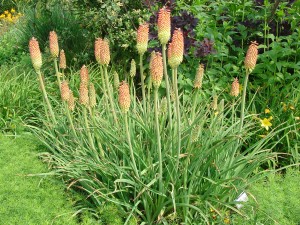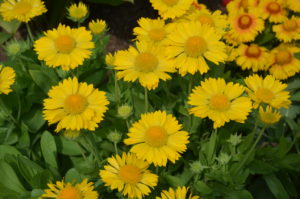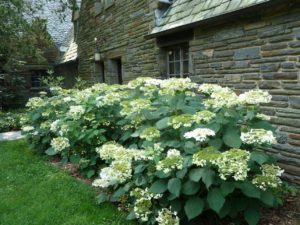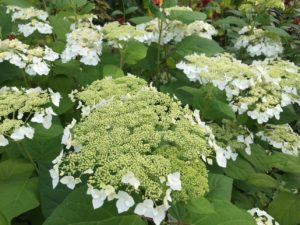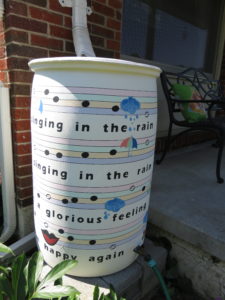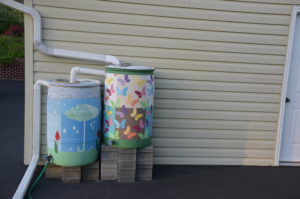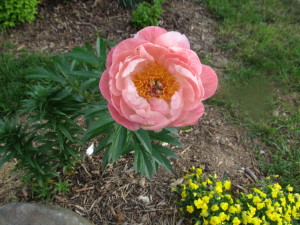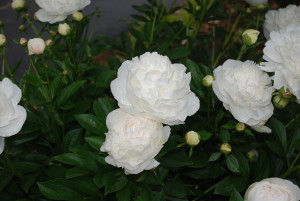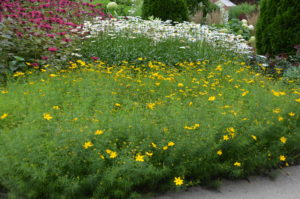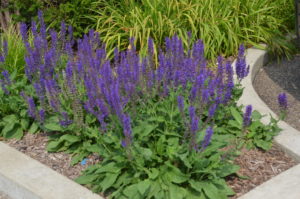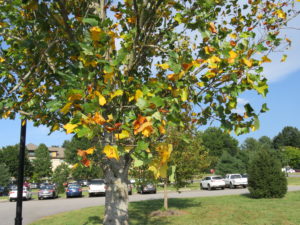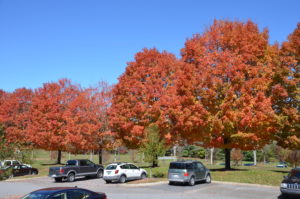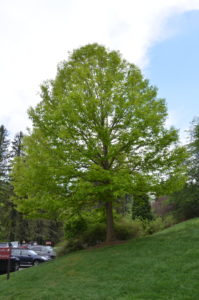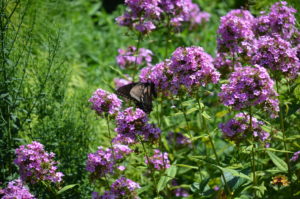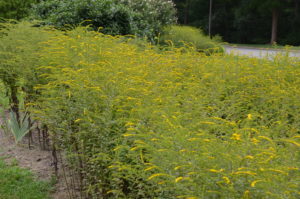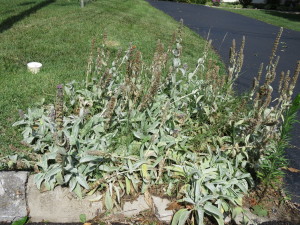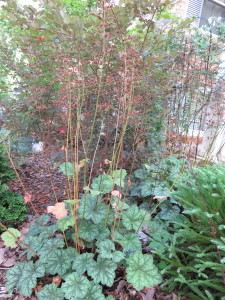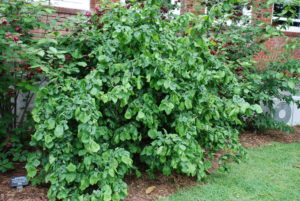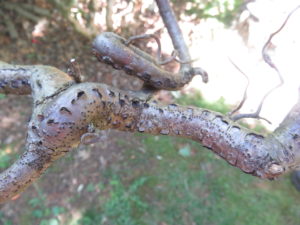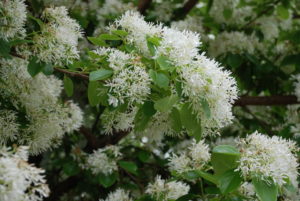Deadheading is the removal of old spent flowers and stems of many perennials. Many (not all) perennials will respond and bloom a second and even a third time. Deadheading also refreshes the plant’s appearance and reduces or eliminates the threat of seed dispersal. It redirects the plant’s energy away from seed production toward root and vegetative growth.
Deadheading is one more added chore in the growing season. When perennials have finished blooming, remove the entire flower stalk. Depending on species, a perennial may bloom again 2-3 more times.
To reinforce the benefits of deadheading, the perennial bed should be weeded, mulched, fertilized, and watered. Apply a water soluble fertilizer such as Miracle-Gro™ or Schultz™. Clean up the bed, weed, and distribute additional organic mulch. If soil is dry, deeply irrigate the bed for 3 -4 hours (equivalent of 1 ½ inches of rainfall).
Many perennials will not respond to deadheading. Some specific species respond to deadheading, and others not. For most plants prune spent flowers and stems back where they originate near the plant base. New lateral shoots should appear within a few weeks and flowers within 4-5 weeks.
Deadheading Perennials (this list is not complete):
These popular perennials respond to deadheading:
Yarrow (Achillea spp.)
Hollyhock (Alcea rosea)
Columbine (Aquilegia spp.)
Butterfly weed (Asclepias tuberosa)
Hardy begonia (Begonia grandis)
Tickseeds (Coreopsis spp.)
Delphinium (Delphinium spp.)
Cheddar pink (Dianthus gratianopolitanus)
Purple coneflower (Echinacea purpurea)
Queen of the Meadow (Filpendula ulmaria)
Blanket flower (Gaillardia x grandiflora)
Gaura (Gaura lindheimeri)
Geum (Geum spp.)
Sneezeweed (Helenium autumnale)
False sunflower (Heliopsis helianthoides)
Red hot poker (Kniphofia uvaria)
Lavender (Lavandula spp.)
Shasta daisy (Leucanthemum x superbum)
Lupines (Lupinus spp.)
Bee balm (Monarda spp.)
Penstemon (Penstemon barbatus)
Russian sage (Perovskia atriplicifolia)
Meadow phlox (Phlox maculata)
Garden phlox (Phlox paniculata)
Balloon flower (Platycodon grandiflora)
Perennial salvia (Salvia nemorosa)
Pincushion flower (Scabiosa spp.)
Indian pink (Spigelia marilandica)
Stokes’ aster (Stokesia laevis)
Spiderwort (Tradescantia x andersoniana)
Spike speedwell (Veronica spicata)
Culver’s root (Veronicastrum virginicum)

